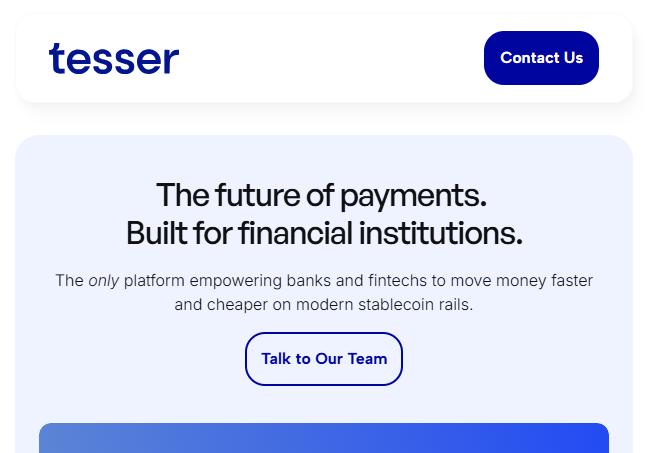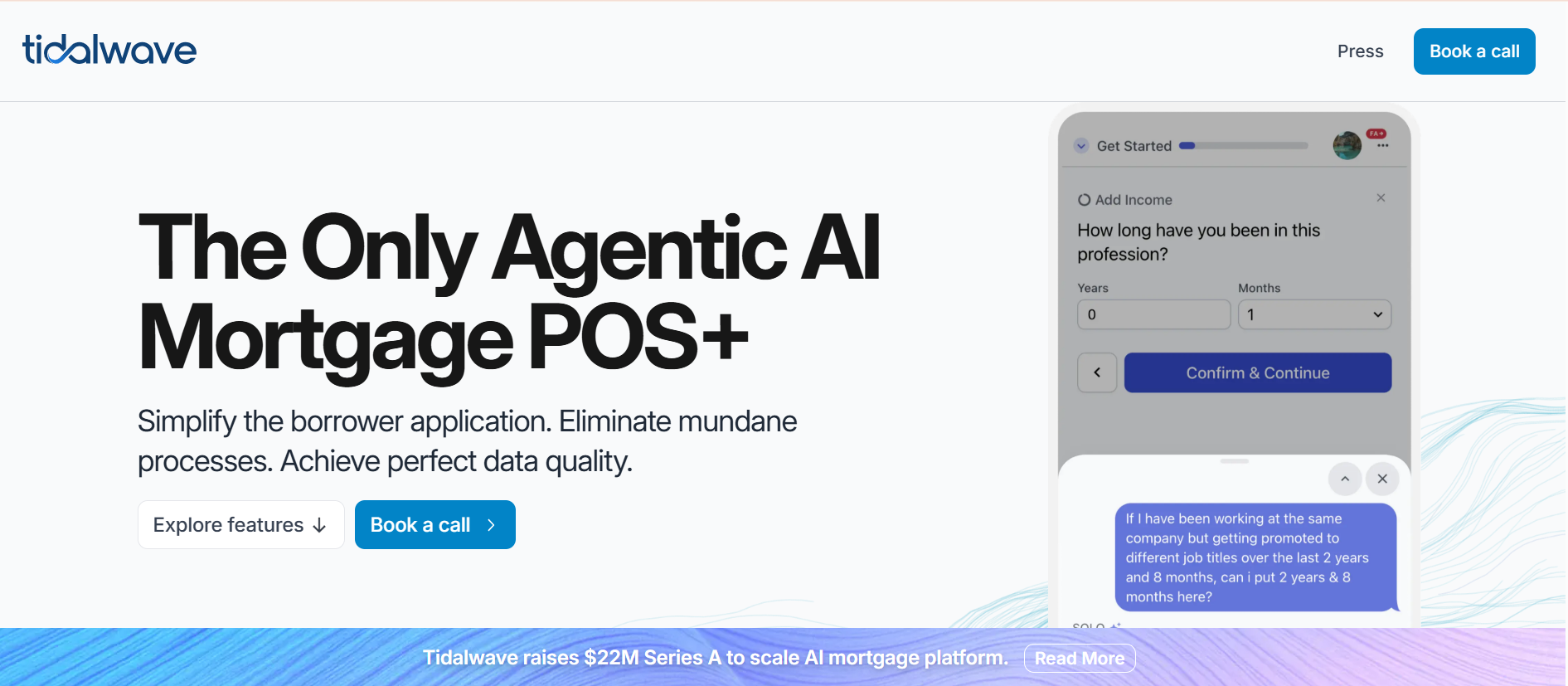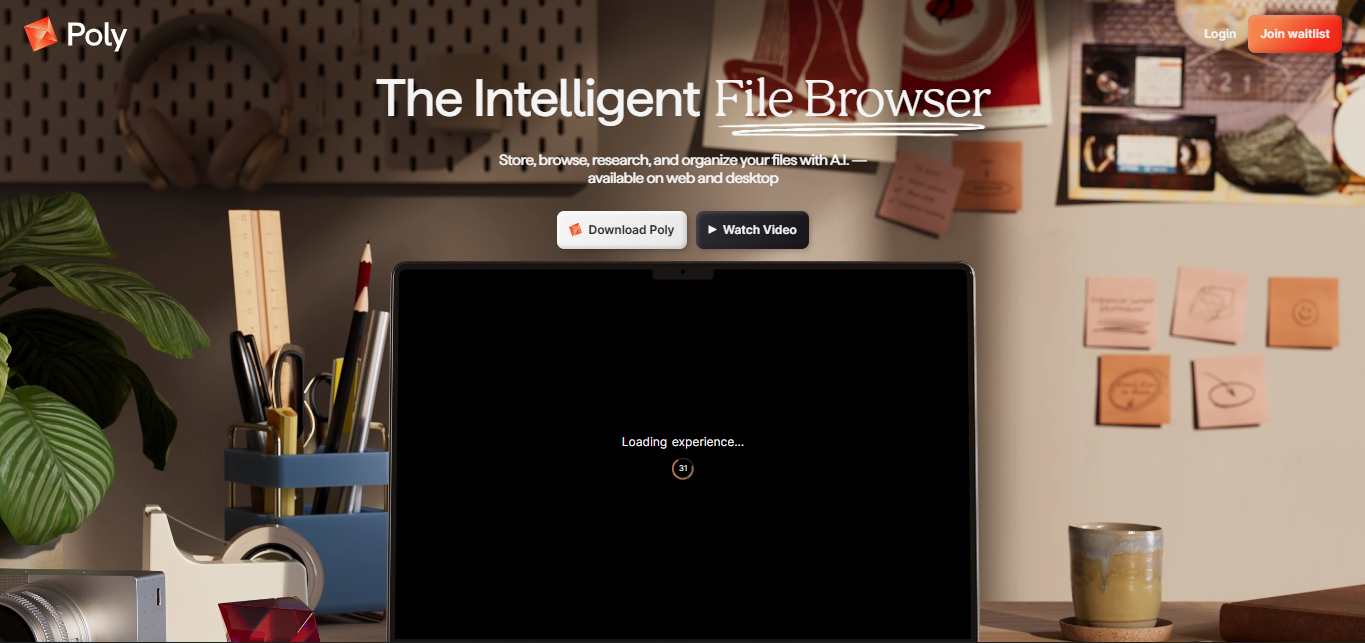Tesser Raises $4.5 Million to Reinvent Financial Infrastructure for the Digital Era
October 25, 2025
byFenoms Startup Research

Tesser, the financial infrastructure startup founded by Geetha Panchapakesan, has raised $4.5 million in Seed funding to redefine how companies build, connect, and scale modern financial systems.
The round was led by Castle Island Ventures, with participation from Strobe Ventures, Anthemis, and other strategic backers - all aligned behind Tesser’s vision to make financial connectivity programmable, compliant, and infinitely scalable.
At its core, Tesser helps fintechs and enterprises unify payments, digital-asset management, and compliance under one developer-friendly platform. Instead of forcing businesses to juggle multiple vendors and legacy integrations, it gives them a single infrastructure layer - one that moves as fast as innovation demands, without breaking under the weight of regulation.
Rebuilding the Foundation of Modern Finance
Most financial systems today run on outdated cores built for a pre-API era. Banks still rely on decades-old mainframes, patched over with new interfaces and middleware that weren’t designed for the speed of global digital commerce.
According to CB Insights’ 2025 Fintech Infrastructure Report, more than 70% of global financial institutions still depend on legacy frameworks, costing them an estimated $57 billion annually in inefficiencies. Meanwhile, fintech developers spend up to 40% of build time just maintaining compliance compatibility across markets.
Tesser’s mission is to turn that complexity into clarity. Through a unified API layer, the company enables developers to integrate financial capabilities - from transaction routing to KYC verification - as modular components instead of custom builds.
The impact is more than technical. It represents a mindset shift in how financial products are created: from institution-centric to infrastructure-first.
Investors Bet on the Infrastructure Layer
For investors like Castle Island Ventures and Anthemis, the opportunity isn’t just in payments or banking - it’s in the invisible rails underneath them.
The Banking-as-a-Service (BaaS) industry is projected to reach $6.2 trillion by 2032, growing at a 21.8% CAGR, while API banking ecosystems are expected to surpass $1.1 trillion in transaction volume by 2030 (Allied Market Research, 2025).
This wave isn’t about front-end disruption anymore - it’s about back-end composability. The startups that define this era won’t be the ones users see every day; they’ll be the ones powering the ones they do.
Tesser’s technology fits perfectly into that equation: a trust-anchored infrastructure layer that allows innovation to happen at scale without friction.
The Real Playbook Hidden in Plain Sight
Here’s where founders should pay close attention: Tesser isn’t just solving a technical pain point - it’s solving a sequence problem.
Most startups in fintech start from the user interface and work backward to infrastructure. But Tesser inverted that order. It built the trust layer first, because trust compounds.
The speed advantage only matters when you’ve earned the right to move fast - and that right comes from trust.
This is what founders in every sector can learn from infrastructure companies: you don’t win by being louder or quicker; you win by being the base everyone else builds on.
Tesser’s real competitive moat isn’t its API count - it’s that every integration it powers becomes a node of network trust. The more clients build on it, the more stable and valuable it becomes. That’s compounding credibility in action.
And this principle applies beyond fintech.
Whether you’re building software, a community, or a brand - real scale happens when others can scale through you. Founders often chase visibility when they should be designing inevitability.
That’s the essence of Tesser’s value drop: it’s not chasing growth - it’s architecting gravity.
The Industry Momentum Behind the Shift
As regulation tightens and financial ecosystems globalize, programmable infrastructure is becoming not just a convenience, but a necessity.
A McKinsey 2025 Global Banking Review forecasts that fintech infrastructure providers will capture over 35% of all incremental banking revenue growth by 2030, driven by open-data policies, decentralized finance adoption, and compliance modernization.
At the same time, Gartner projects that by 2027, 80% of financial organizations will deploy automation layers that cut reconciliation errors by 60%.
Tesser’s model directly taps into both: a future where compliance is coded, and integration is instant.
Its platform already supports multi-jurisdictional compliance modules and a sandbox environment for regulated entities - features that make it especially appealing to enterprises navigating both fintech innovation and financial governance.
From Fragmentation to Flow
The biggest inefficiency in global finance isn’t outdated code - it’s fragmentation. Every transaction crosses borders of technology, regulation, and jurisdiction. Each step introduces friction and cost.
Tesser’s API-driven system unifies that fragmentation. By enabling cross-platform interoperability, it ensures that transactions, customer data, and compliance checks flow across boundaries seamlessly - like financial gravity reconnecting disjointed systems into one ecosystem.
It’s not just making fintech faster - it’s making it coherent.
What’s Next for Tesser
With $4.5 million in new capital, Tesser plans to:
- Expand developer partnerships across Europe and North America.
- Enhance its compliance automation toolkit for faster onboarding of regulated financial entities.
- Integrate support for digital-asset rails, including tokenized payments and blockchain-based settlement systems.
- Grow its infrastructure team to meet enterprise-level security and scalability standards.
Founder and CEO Geetha Panchapakesan described the mission simply: “We’re building the infrastructure layer that lets financial innovation move safely - without limits, without latency.”
A Signal for Fintech’s Next Phase
Tesser’s seed round marks a broader market inflection point: the fintech gold rush is giving way to an infrastructure renaissance. The winners won’t be the flashiest consumer brands, but the quiet frameworks that make every other company faster, safer, and smarter.
In that sense, Tesser isn’t chasing the fintech wave - it’s writing the code that carries it.
And for founders across all industries, that’s the enduring takeaway:
The future doesn’t belong to those who disrupt loudly, but to those who build the systems disruption depends.









